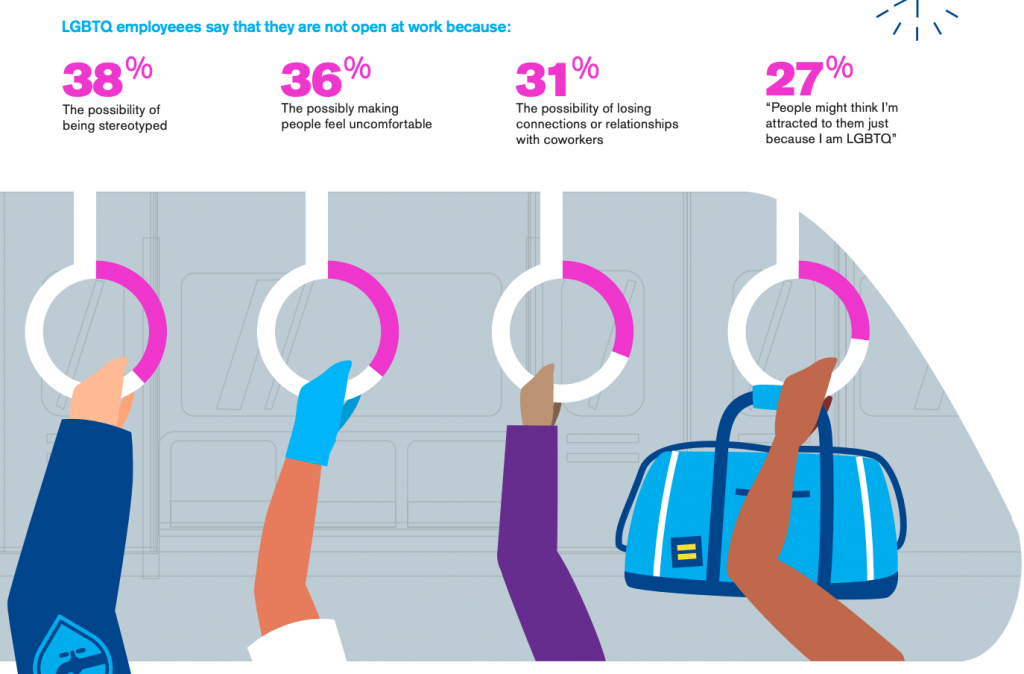- In “Changing Organizational Culture: From Embedded Bias to Equity and Inclusion”, Cori Wong touches on reoccurring themes surrounding organizational culture that we have discussed throughout the course. She contributes a helpful metaphor about shoes in a race to explain equality and equity (p.2). The shoe example shows us that when our differences are not recognized and supported, we are not on a fair playing field. This example pushes us to question our own privileges and if we are doing our best to educate ourselves and others on oppressions. After Wong discusses this example, she emphasizes the importance of considering equity rather than equality in efforts that work towards fostering an environment where every individual has an equal opportunity to “thrive and succeed” (p.2). She also notes to “shift the culture” (p.5), we must understand that just because there is diversity, there is not always inclusion. Furthermore, she advocates for not only empowerment of minority groups, but the much-needed support system in the workplace.
2.
In “Changing Organizational Culture: From Embedded Bias to Equity and Inclusion”, Cori Wong’s writing incorporates many of the strategies from chapter 8 of TSIS. The main idea of this section of TSIS is to connect ideas together. A strategy that is used multiple times throughout Wong’s piece is transition words. Transition words give a sense of direction to the reader about the writing. One example is this excerpt:
“Gender bias can be present in commonly used language, such as referring to
workers as men, defaulting to the use of masculine pronouns such as he
and him when providing hypothetical examples, or using the
phrase you guys to address a mix-gendered group. Gender bias is
also evident in loaded words and phrases that reinforce negative
gendered stereotypes, such as women being inherently more
emotional or nurturing than men (Bennett, 2017).
Gender bias is also commonly reflected in a culture with
respect to how people treat each other, particularly around
which types of behaviors are encouraged or reprimanded (and
for whom). In addition to obvious forms of gender bias, such as
harassment and overtly hostile work environments that alienate
women, numerous examples exist of subtle ways that a culture
can be problematic: Women are more often interrupted and
talked over than men, and twice as much if they are women of
color. Men often take and receive credit for ideas, even if they
did not come up with them.” (p.4)
In the first paragraph Wong is explaining how certain words and phrases perpetuate a gender bias. Then she inserts a transition statement at the beginning of the second paragraph that ties another form of gender bias (sexist actions) to her first one. This way she continues in another clear section the different ways women are unfairly treated in the workplace.
This matters because it allows her to clearly build her argument. We understand the direction this section is taking- it is additionally information about a topic already touched upon.
HIGHLIGHT:
I got to visit my friend at the beach! It was so nice and relaxing.






